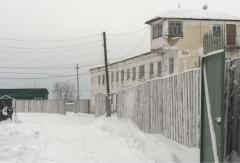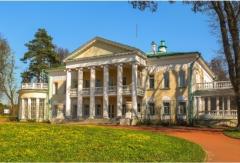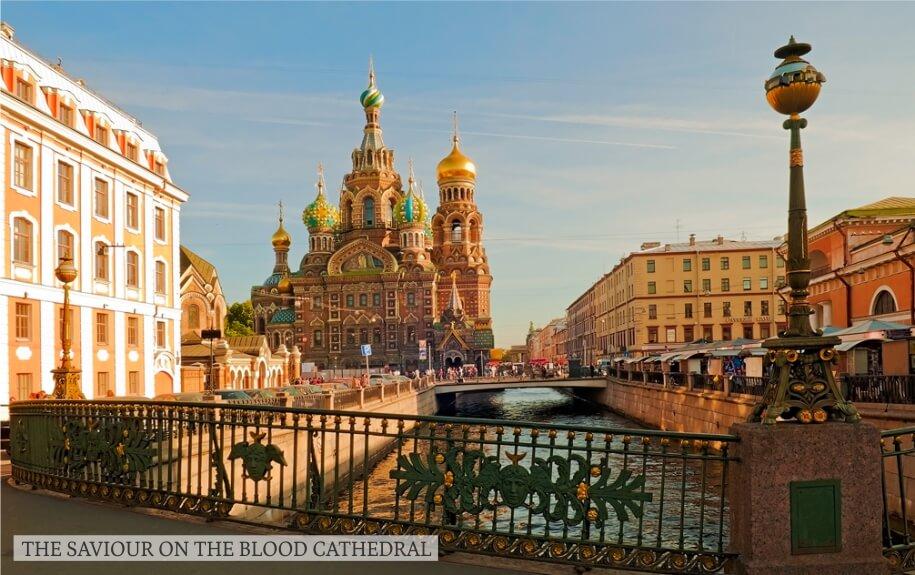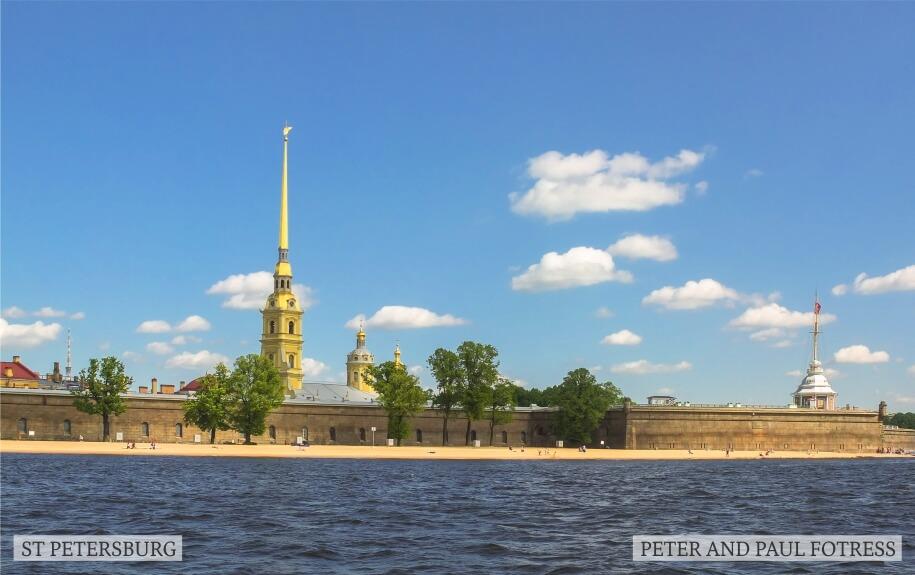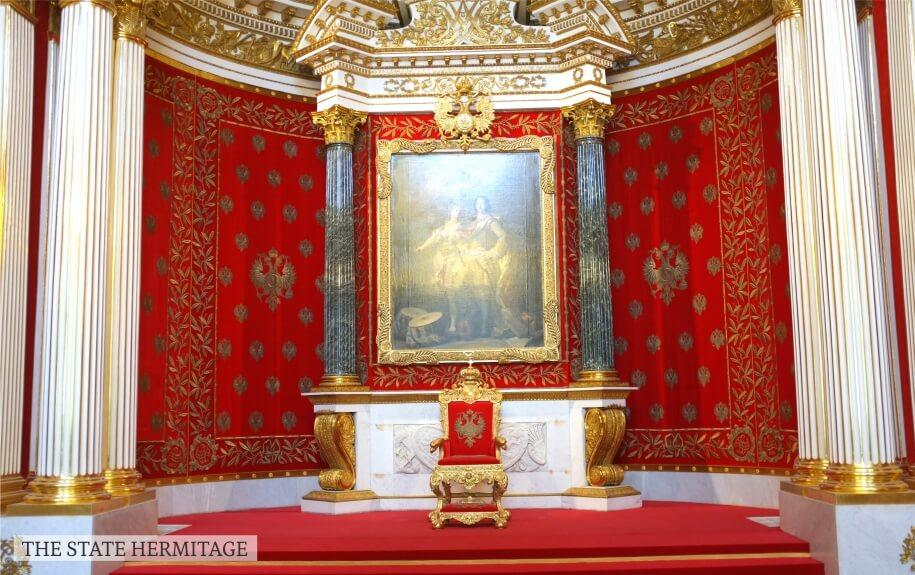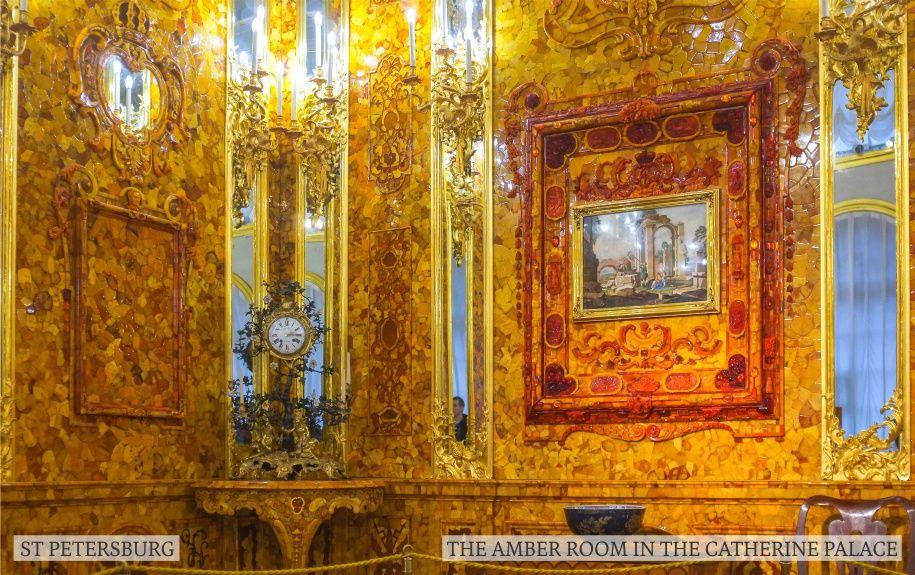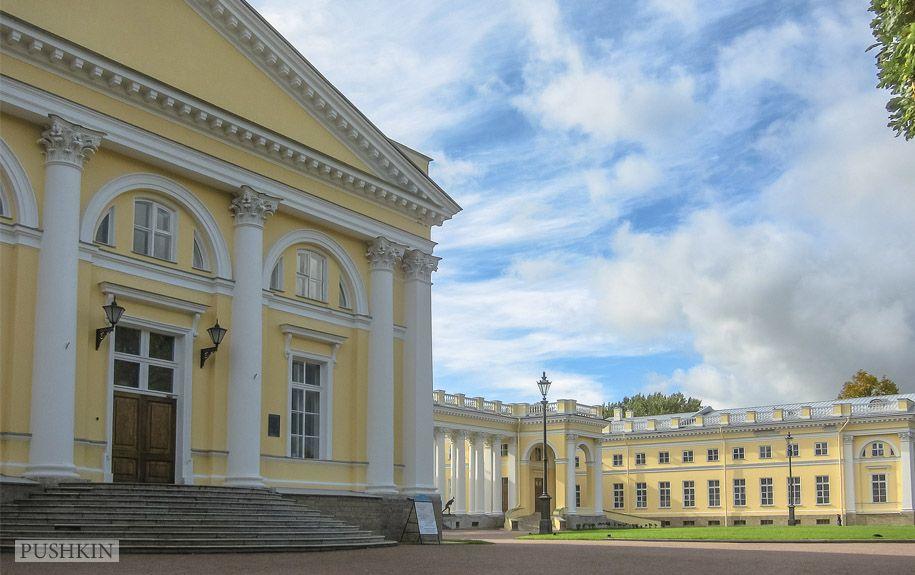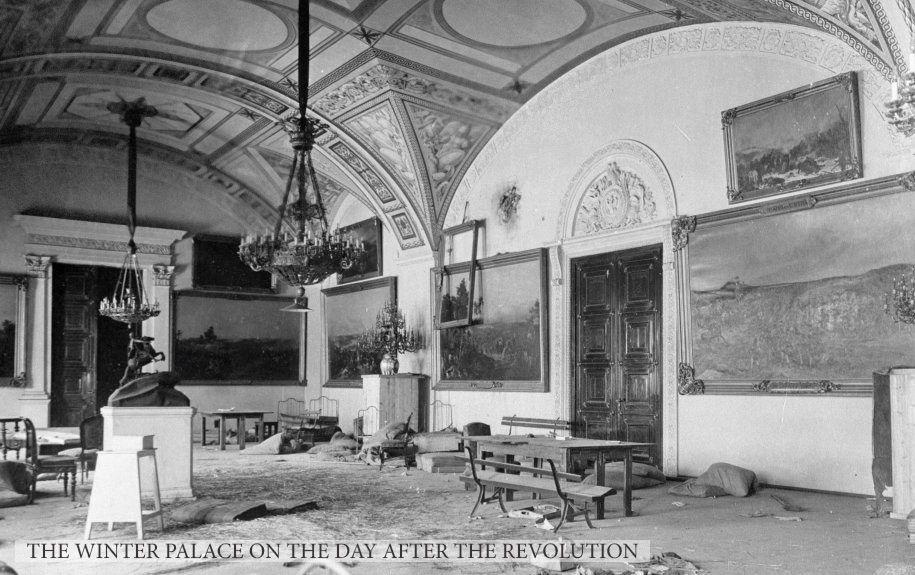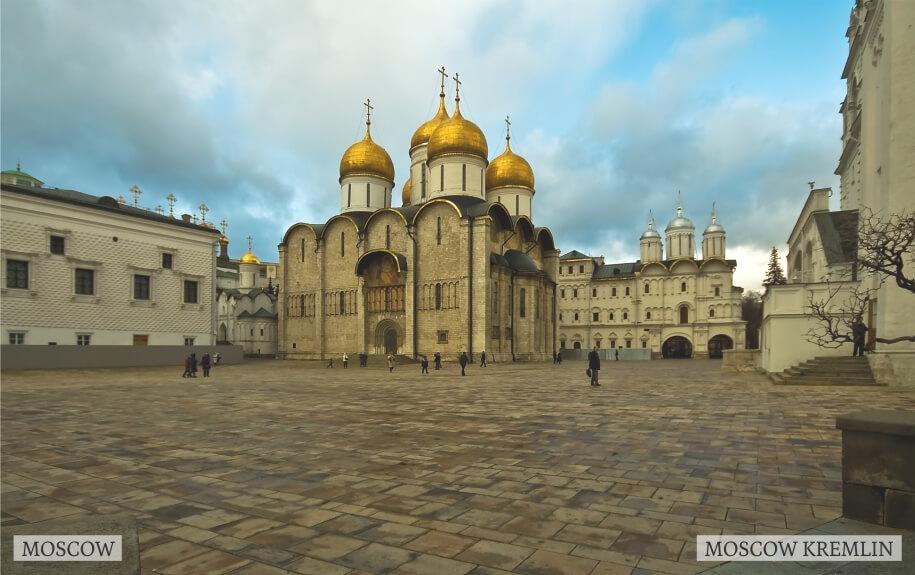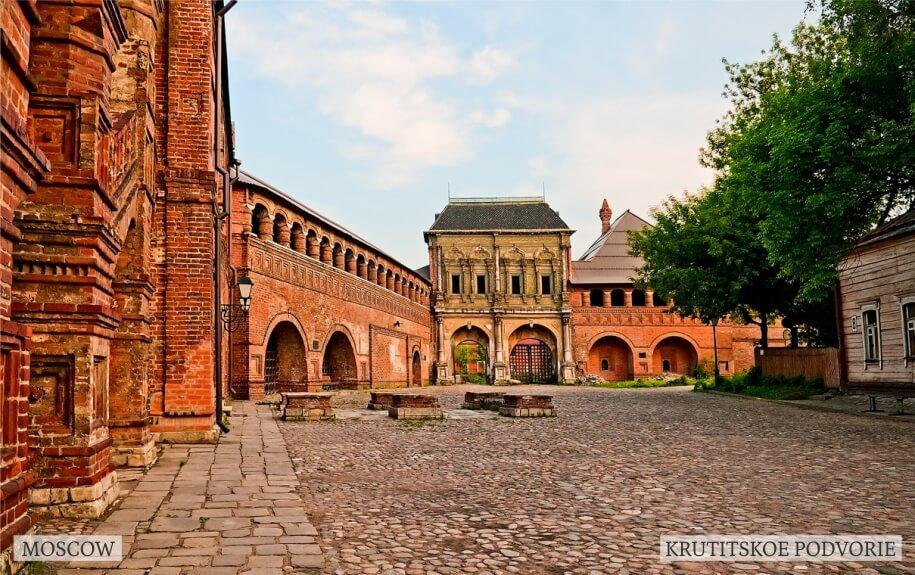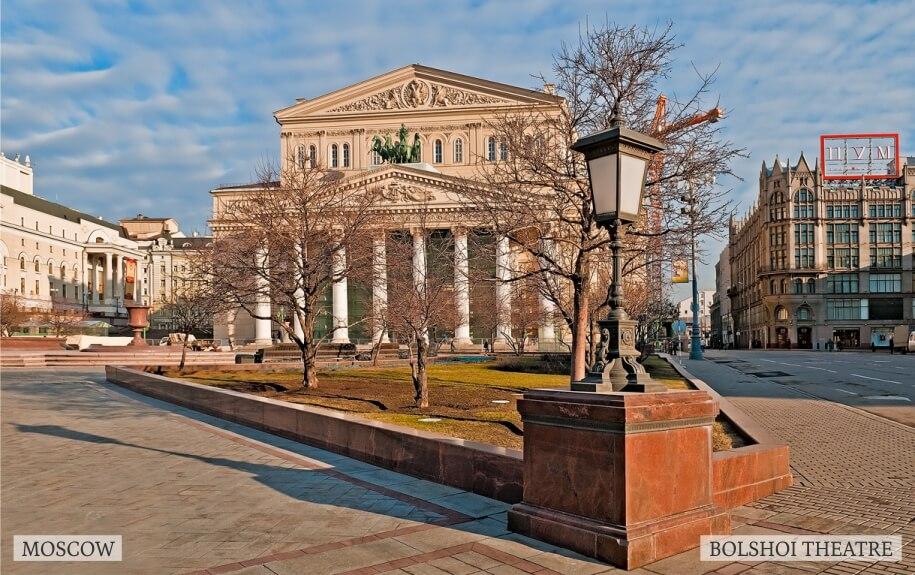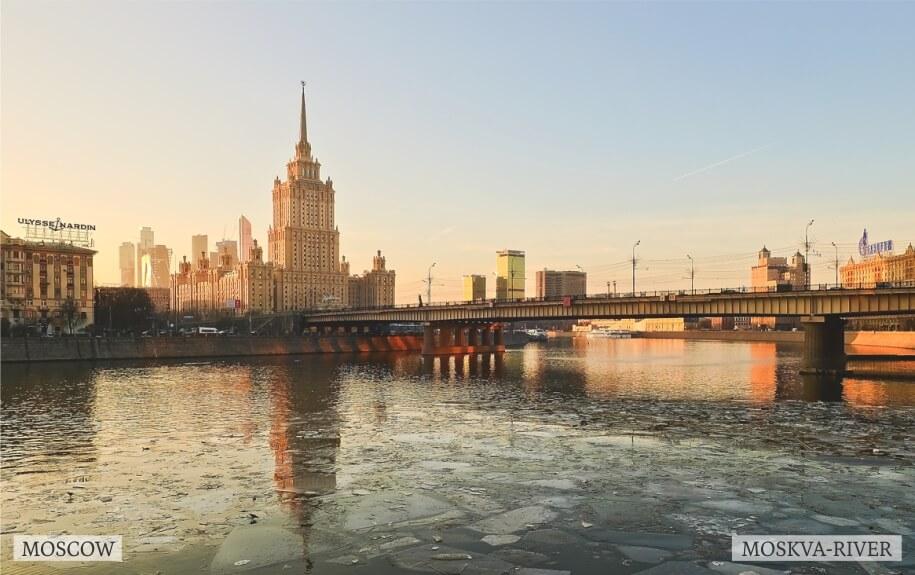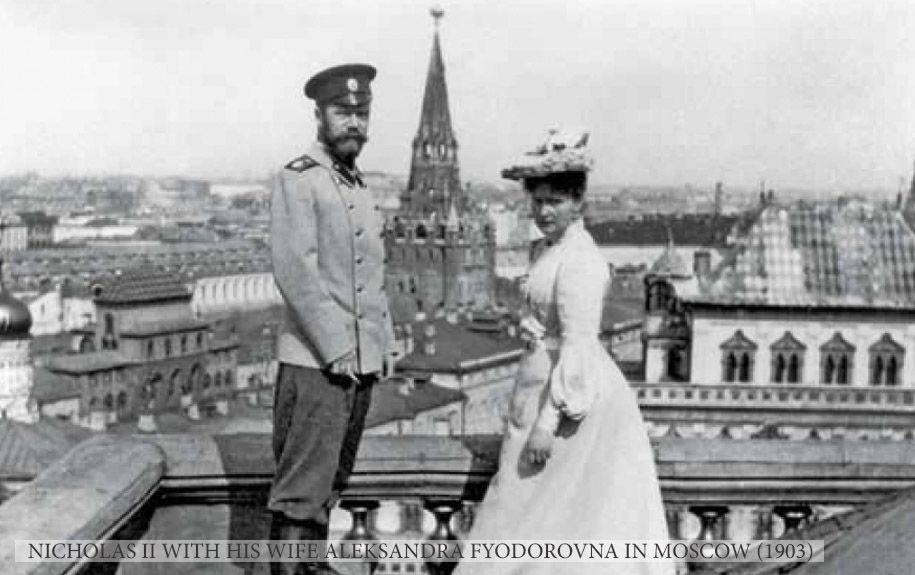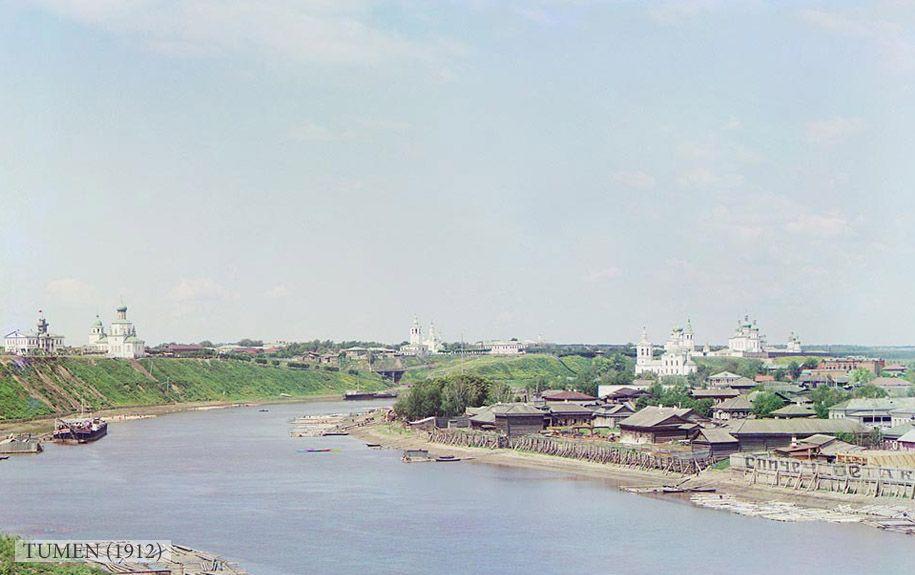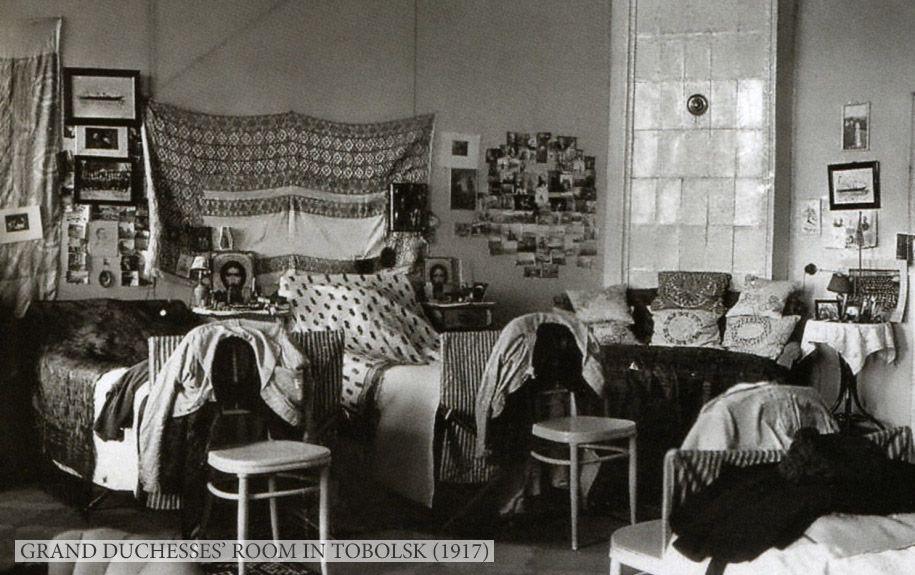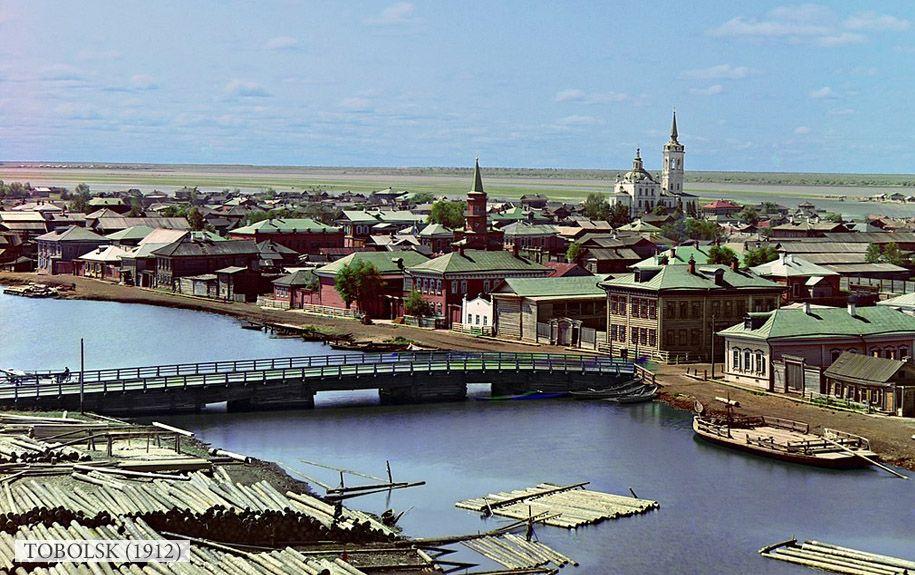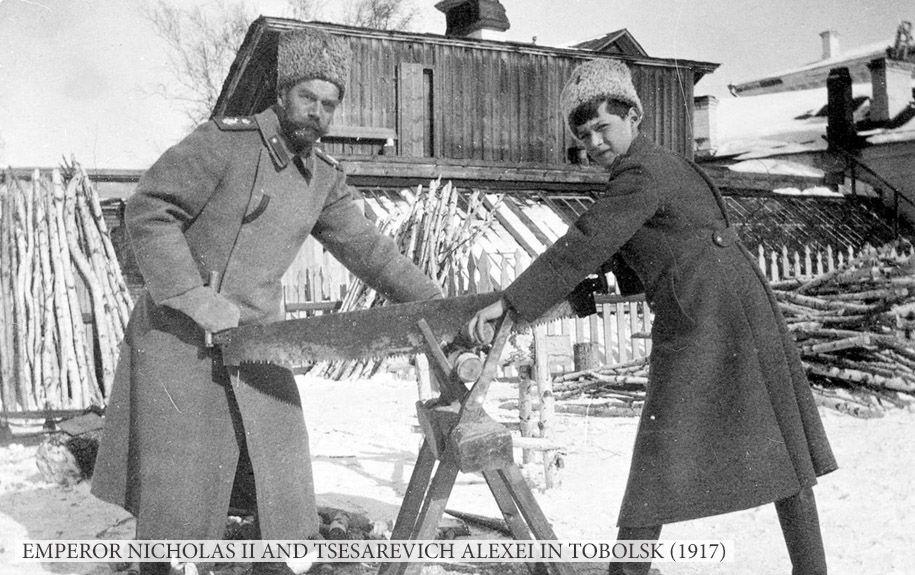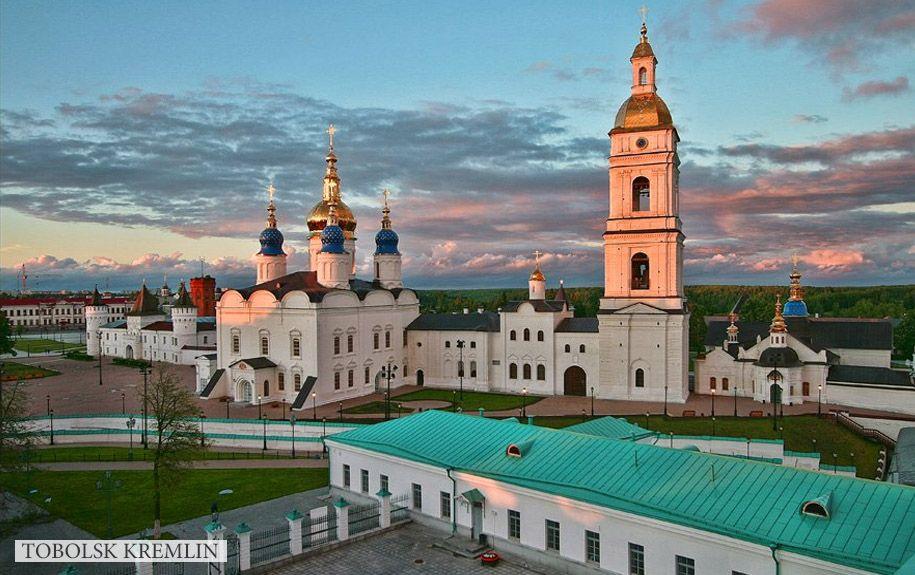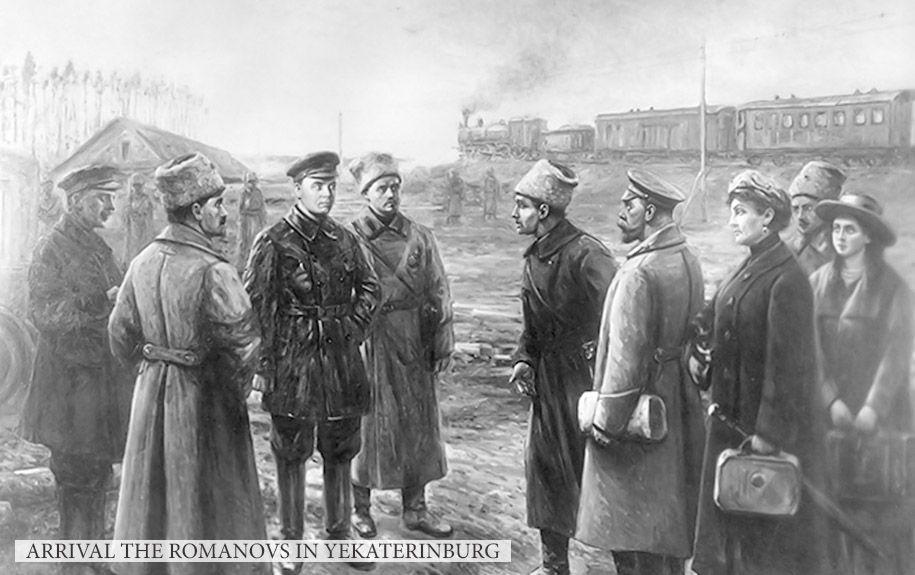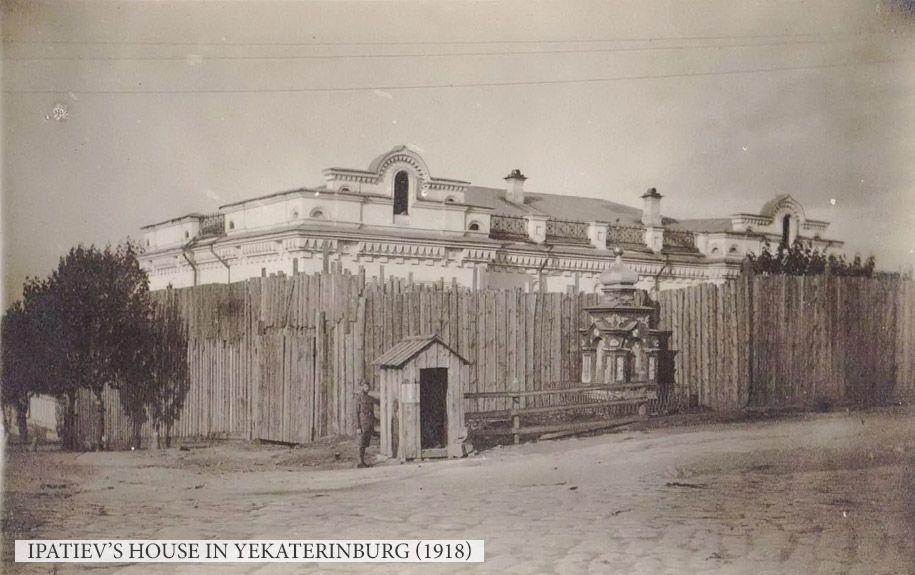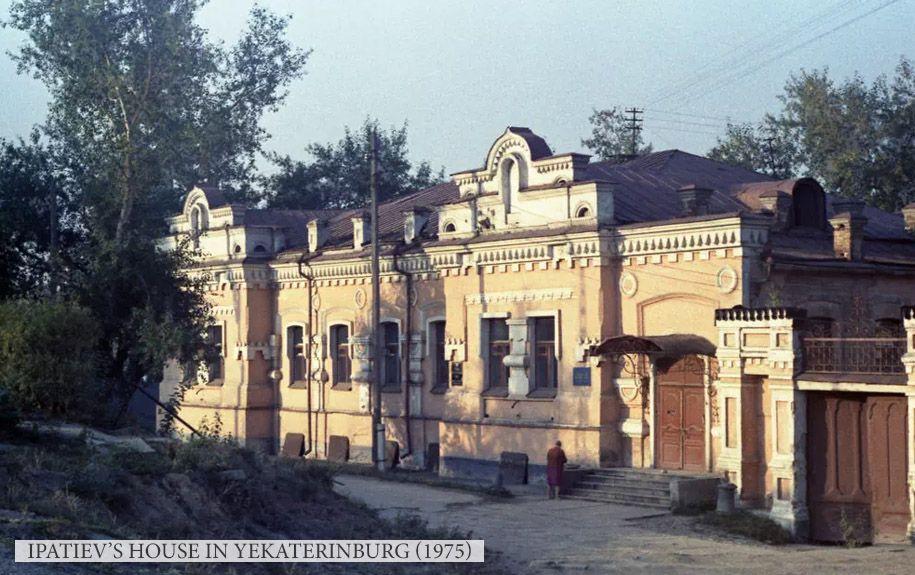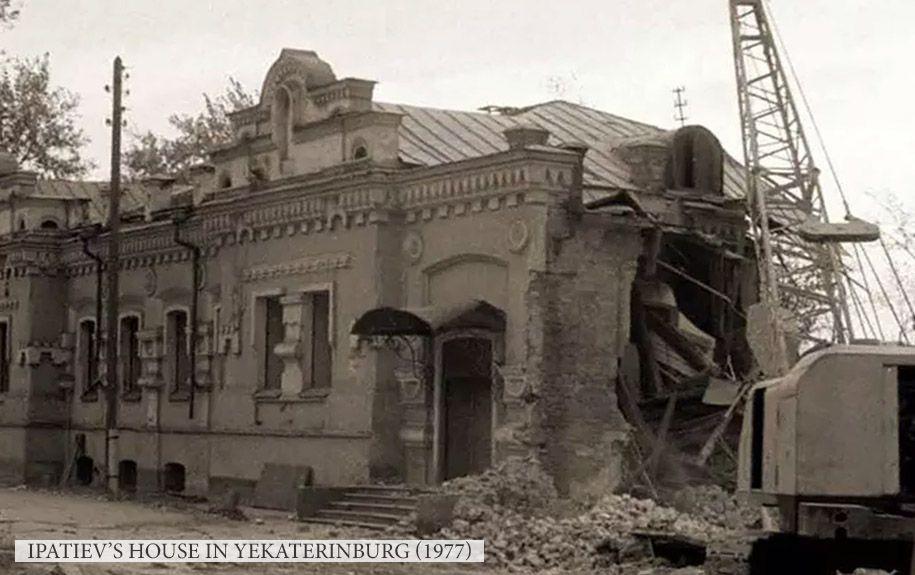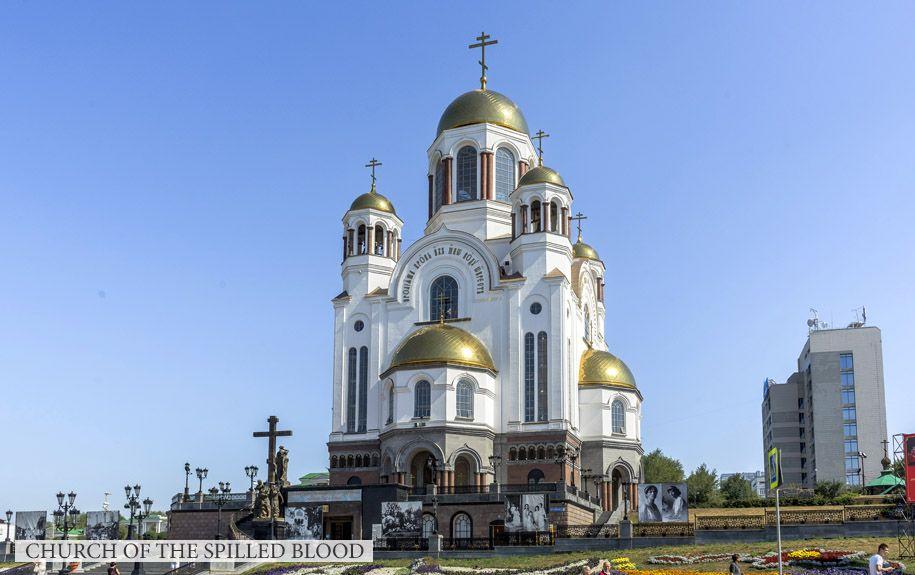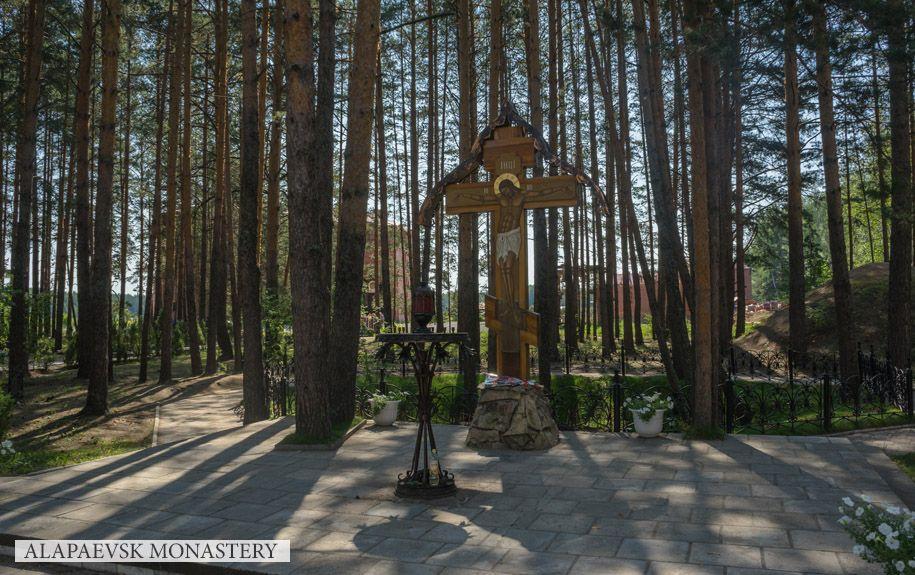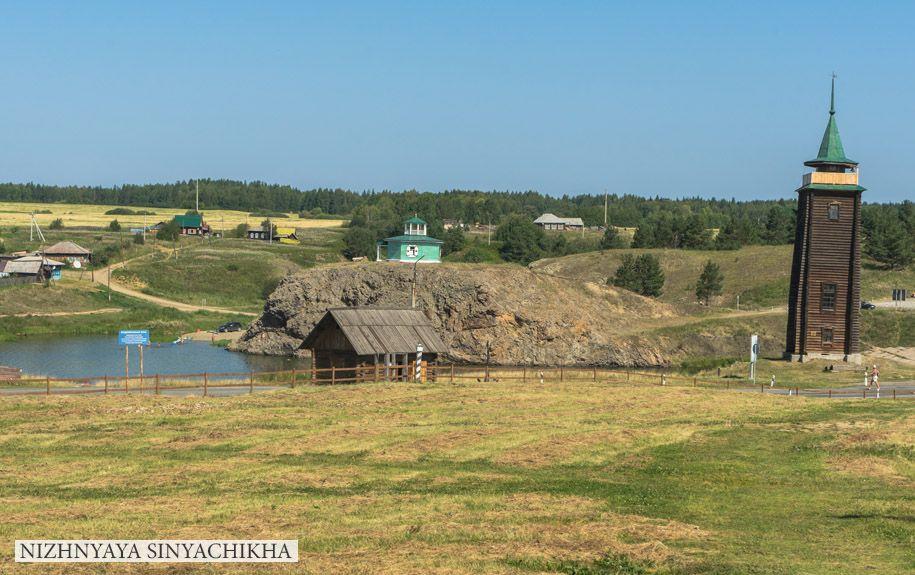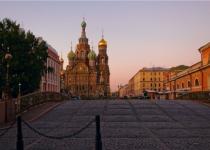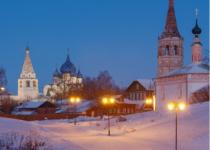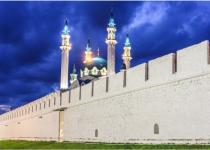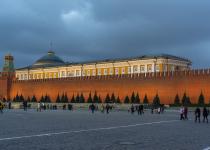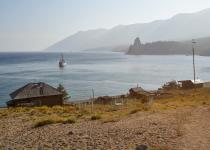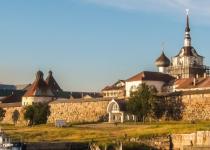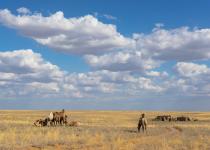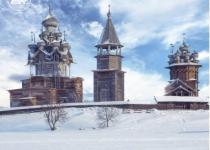On 15 March 1917, the last Russian emperor, Nicholas II, abdicated and the final period of his life began, which ended one year four months and two days later in one of the most tragic moments in Russian history.
On 13 August 1917 at 06:10 a train left Tsarskoe Selo heading east. Most of the wagons were filled with guards, but in one single wagon were the former imperial family; they would never return.
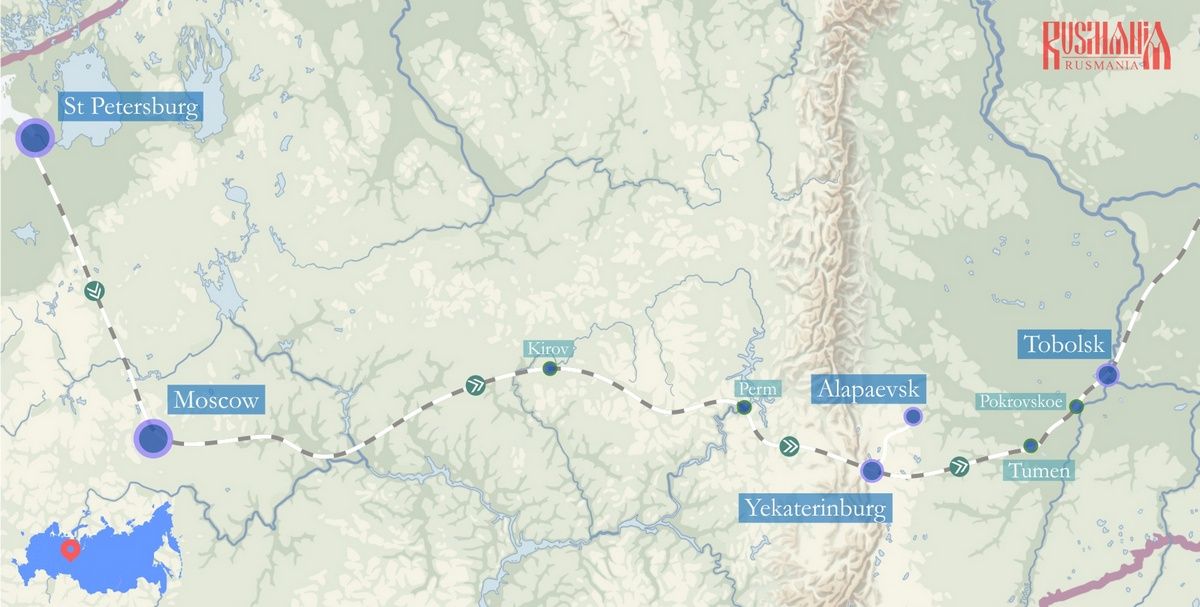 On this tour you will visit places inextricably linked with the imperial family and this tragic period in their life.
On this tour you will visit places inextricably linked with the imperial family and this tragic period in their life.
Moscow - the historical and current capital of Russia, and even when St Petersburg was the capital all Russian emperors and empresses still came to Moscow to be crowned. You will the Kremlin where Nicholas II had his coronation and which now serves as the residence of the Russian president.
St Petersburg - the capital of the Russian Empire and where the Russian Revolution took place. You will visit the Winter Palace, which was once the residence of the tsars and is now the State Hermitage Museum, Ss Peter and Paul’s Cathedral, where most of the Russian emperors and empresses are buried, and the Yusupov Palace, home to one of Russia’s richest families and where the “Mad Monk” Grigory Rasputin was killed. Outside of the city, you will also see the Catherine Palace, which was the summer residence of the Tsars and home to the famous Amber Room, and the Alexander Palace, where the imperial family were held under house arrest before being exiled to Tobolsk in Siberia.
Tobolsk - this rather small Siberian city was where the imperial family were exiled to from St Petersburg and they lived here until 13 April 1918. The destination was chosen by Aleksandr Kerensky, the head of the provision government following the February Revolution, to remove the Romanovs from the unstable political situation.
Yekaterinburg - this city is considered the capital of the Urals and is Russia’s fourth city by population. It was here that the imperial family were moved to after Tobolsk. First just Nicholas, Aleksandra and their daughter Maria were brought here, but they were later joined by the other children and their servants. It was in Yekaterinburg in the Ipatiev House where the family and their servants were executed.
Alapaevsk - the composer Tchaikovsky spent some of his childhood in this provincial city in the Urals, but it also has a darker history: the sister of Empress Aleksandra - Grand Duchess Yelizaveta - was exiled here along with Grand Prince Sergey Mikhailovich and four other members of the House of Romanov. Sergey Mikhailovich was executed and his body was thrown down an abandoned mine here. The others were thrown down and then shot. A monastery has since been founded on the site.
St Petersburg → Pushkin → Moscow → Tumen → Tobolsk→ Yekaterinburg → Alapaevsk
 Total distance of the tour: 3,937km -
Total distance of the tour: 3,937km -  3,121km |
3,121km |  816km
816km
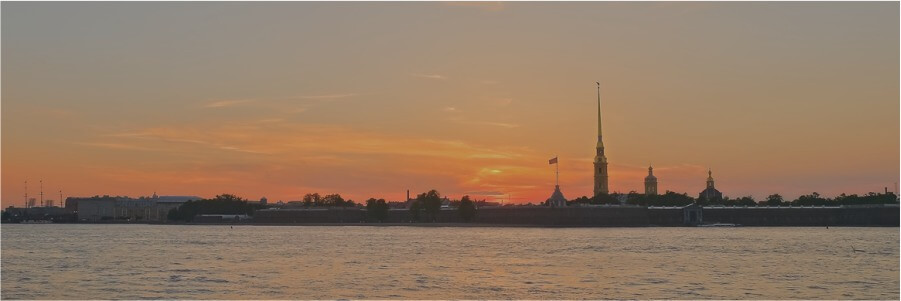
DAY 1 | ARRIVAL IN ST PETERSBURG
 Arrival in St Petersburg. Transfer to the hotel. A driver with a sign saying
Arrival in St Petersburg. Transfer to the hotel. A driver with a sign saying  will wait for you in the arrival area of the airport. Free time in St Petersburg.
will wait for you in the arrival area of the airport. Free time in St Petersburg.
 Night in St Petersburg.
Night in St Petersburg.
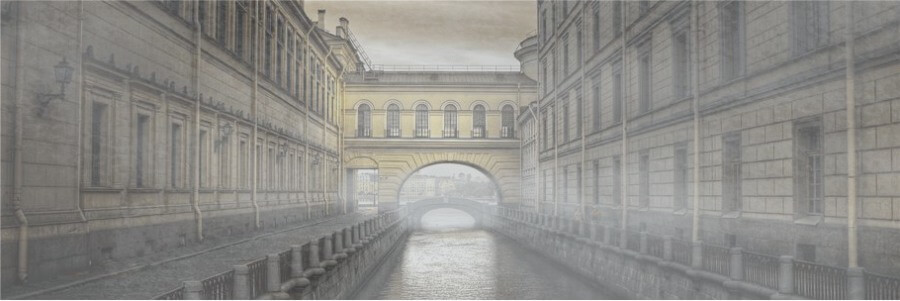
DAY 2 | CITY TOUR OF ST PETERSBURG
 Breakfast at the hotel.
Breakfast at the hotel.
 St Petersburg city tour - you will see the main sights of city and places linked with events of 1917. The highlights of the tour include:
St Petersburg city tour - you will see the main sights of city and places linked with events of 1917. The highlights of the tour include:
- Petropavlovsky Fortress - this marks the site of the foundation of the city. In 1703 the foundations of the first building were laid here on Zaichy Island.
- Ss Peter and Paul’s Cathedral - this cathedral served as the burial vault of almost all Russian emperors and empresses, including Nicholas II and his family, even though the Russian Orthodox has not officially recognised their remains despite DNA testing.
- Bronze Horseman - this is the most famous statues of Peter the Great, it was unveiled in 1782 on Senatskaya Ploschad on the orders of Catherine the Great.
- Winter Palace - the former official residence of the tsars is now one of the most famous museums in the world, where world-famous artworks are housed in spectacular surroundings. One of the key events of the October Revolution took place here as the Bolsheviks stormed the palace and arrested members of the provisional government during the October Revolution.
- Avrora Cruiser (outside) - another key site of the revolution, as the Avrora gave the signal to storm the Winter Palace.
- Nevsky Prospekt - this is the main street of St Petersburg and runs for 4.5km.
 Duration: 4h |
Duration: 4h |  Transportation: by a private car
Transportation: by a private car
 Night in St Petersburg.
Night in St Petersburg.
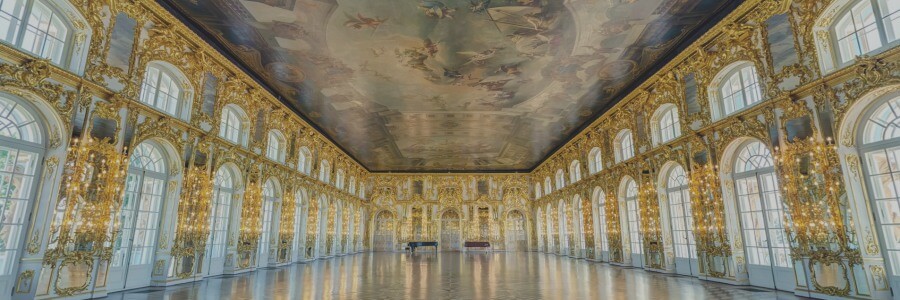
DAY 3 | CATHERINE PALACE
 Breakfast at the hotel.
Breakfast at the hotel. Tour to Pushkin - during the reign of Nicholas II this city was called Tsarkoe Selo and served as the summer residence of the tsars and the first place of exile of Nicholas II and his family. During this tour you will see:
Tour to Pushkin - during the reign of Nicholas II this city was called Tsarkoe Selo and served as the summer residence of the tsars and the first place of exile of Nicholas II and his family. During this tour you will see:
- Catherine Palace - this palace is considered architect Rastrelli’s masterpiece and was built or added to by three empresses - Catherine I, Elizabeth and Catherine the Great. Inside is the famous Amber Room, which had to be painstakingly recreated after having been looted by the Nazis.
- Alexander Palace - Nicholas II lived at this palace with his family for 12 years and following the February Revolution they were put under house arrest here. They left the palace on the morning of the 13 August 1917 for Siberia.
 Duration: 6 hours |
Duration: 6 hours |  Transportation: by a private car
Transportation: by a private car
 Night in St Petersburg.
Night in St Petersburg.
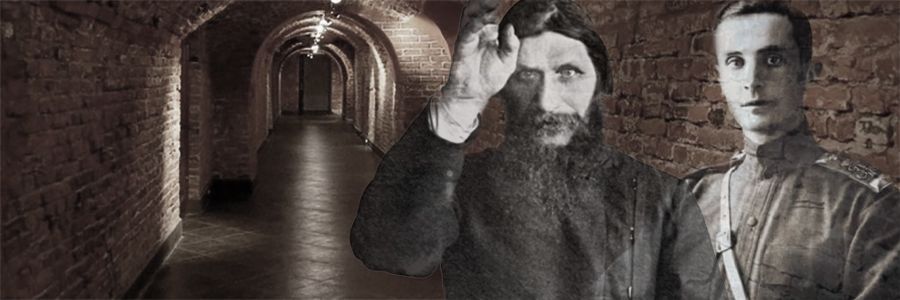
DAY 4 | YUSUPOV PALACE
 Breakfast at the hotel.
Breakfast at the hotel.
 Tour of Yusupov Palace - this palace belonged to one of the richest families in pre-revolutionary Russia - the Yusupovs - and is one of the most beautiful palace estates in the city . It became famous as the scene of the infamous murder of Grigory Rasputin, a Siberian peasant who rose to become the unconventional spiritual advisor to Nicholas II and his wife. The event took place on the night of 17 December 1916 in the rooms of Feliks Yusupov. Rasputin is said to have predicted his own death and added that if he was killed by a Russian peasant the tsar need not worry and the House of Romanov will continue for another century or more, however if he was killed by a relation of the tsar, then the tsar would also die within two years, nobles will flee Russia and brothers will kill brothers, which is precisely what happened.
Tour of Yusupov Palace - this palace belonged to one of the richest families in pre-revolutionary Russia - the Yusupovs - and is one of the most beautiful palace estates in the city . It became famous as the scene of the infamous murder of Grigory Rasputin, a Siberian peasant who rose to become the unconventional spiritual advisor to Nicholas II and his wife. The event took place on the night of 17 December 1916 in the rooms of Feliks Yusupov. Rasputin is said to have predicted his own death and added that if he was killed by a Russian peasant the tsar need not worry and the House of Romanov will continue for another century or more, however if he was killed by a relation of the tsar, then the tsar would also die within two years, nobles will flee Russia and brothers will kill brothers, which is precisely what happened.
 Duration: 2-3h |
Duration: 2-3h |  Transportation: walking tour
Transportation: walking tour
 Free time in St Petersburg
Free time in St Petersburg
 Evening transfer to the railway station for high-speed train to Moscow
Evening transfer to the railway station for high-speed train to Moscow
 Duration: 4 hours
Duration: 4 hours
 Arrival in Moscow. Transfer to the hotel.
Arrival in Moscow. Transfer to the hotel.
 Night in Moscow.
Night in Moscow.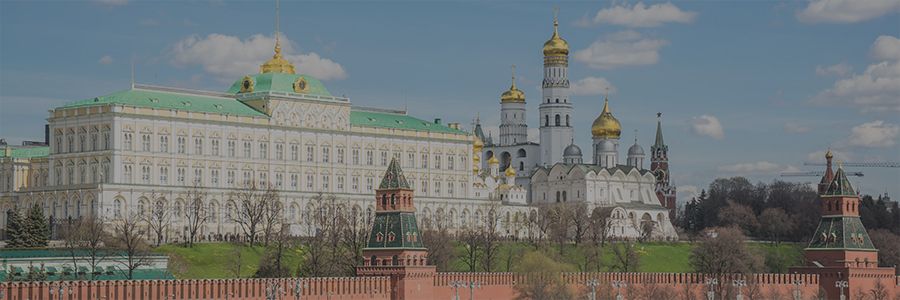
DAY 5 | MOSCOW
 Breakfast at the hotel.
Breakfast at the hotel.
 Walking city tour of Moscow - although Moscow was not the capital at the time, like the emperors before him, Nicholas II was coronated in the Moscow Kremlin. The coronation was overshadowed though by tragic events in the city as more than 1350 people were crushed to death in a stampede at a poorly organised celebration of the coronation. The highlights of the tour includes:
Walking city tour of Moscow - although Moscow was not the capital at the time, like the emperors before him, Nicholas II was coronated in the Moscow Kremlin. The coronation was overshadowed though by tragic events in the city as more than 1350 people were crushed to death in a stampede at a poorly organised celebration of the coronation. The highlights of the tour includes:
- Red Square - Russia’s main square and the historical centre of Moscow. The annual Victory Day parade is held here.
- GUM - this initialism stands for the State Department Store and you will find here many modern shops and cafes, while the whole complex retains a Soviet feel.
- Lenin Mausoleum - the body of the leader of the October Revolution and the man who gave the order to execute the last tsar and his family still remains embalmed and displayed in this mausoleum on Red Square.
- Aleksandrovsky Gardens - these are some of the oldest gardens in Moscow and are situated next to the Kremlin. The Tomb of the Unknown Soldier is also located here.
- Zaryadye Park - Moscow’s newest park, created following the demolition of the Soviet-era Rossia Hotel. Here several areas have been created to demonstrate the various natural zones found in Russia.
 Guided Tour of the Moscow Kremlin - this is Moscow’s main sight and the political centre of the country. The architectural ensemble of the kremlin has taken centuries to come together and each era has left its mark. On 14 May 1896, Nicholas II and his wife were coronated emperor and empress of Russia in the kremlin’s Dormition Cathedral.
Guided Tour of the Moscow Kremlin - this is Moscow’s main sight and the political centre of the country. The architectural ensemble of the kremlin has taken centuries to come together and each era has left its mark. On 14 May 1896, Nicholas II and his wife were coronated emperor and empress of Russia in the kremlin’s Dormition Cathedral.
 Duration: 4h |
Duration: 4h |  Transportation: walking tour
Transportation: walking tour
 Free time in Moscow.
Free time in Moscow.
 Night in Moscow.
Night in Moscow.
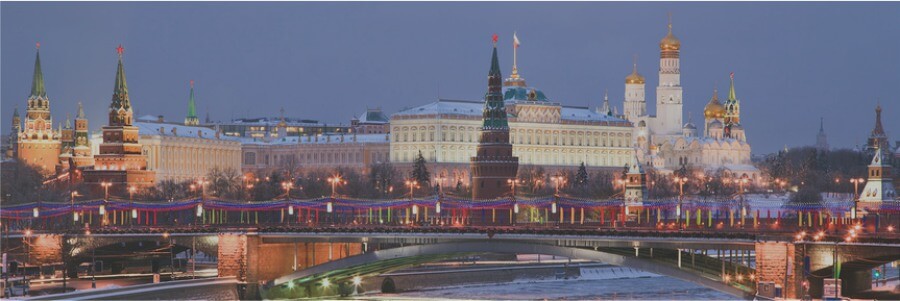
 Breakfast at the hotel.
Breakfast at the hotel.
 Free time in Moscow. You can explore the city by yourself or take one of our optional tours.
Free time in Moscow. You can explore the city by yourself or take one of our optional tours.
 Transfer to the railway station.
Transfer to the railway station.
 Evening train to Tumen. The train you will take is a part of the Trans-Siberian Railway, which at 9,000km long is the world’s longest railway. Night on the train.
Evening train to Tumen. The train you will take is a part of the Trans-Siberian Railway, which at 9,000km long is the world’s longest railway. Night on the train.
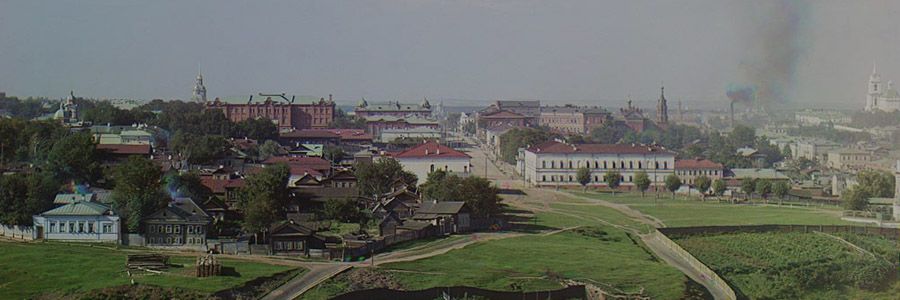
DAY 7 | ON THE TRAIN
DAY 6 | FREE DAY IN MOSCOW
 In the evening your train will make a short stop in Perm, which in terms of architecture is one of the most Soviet-style cities in Russia. This city also has a link to the tragic events befalling the Romanovs following the Revolution. On 17 March 1918 Grand Prince Mikhail Aleksandrovich (the brother of Nicholas II and technically the new tsar following the abdication of Nicholas II on behalf of himself and his son Aleksey) arrived in the city in exile. The Bolsheviks’ hold on power in the city was unstable and fearing the presence of the heir in the city, the Bolsheviks seized Mikhail Aleksandrovich and executed him. His body has never been found. We can add a stop in Perm if you would like to know more about the last days of Grand Prince Mikhail Aleksandrovich.
In the evening your train will make a short stop in Perm, which in terms of architecture is one of the most Soviet-style cities in Russia. This city also has a link to the tragic events befalling the Romanovs following the Revolution. On 17 March 1918 Grand Prince Mikhail Aleksandrovich (the brother of Nicholas II and technically the new tsar following the abdication of Nicholas II on behalf of himself and his son Aleksey) arrived in the city in exile. The Bolsheviks’ hold on power in the city was unstable and fearing the presence of the heir in the city, the Bolsheviks seized Mikhail Aleksandrovich and executed him. His body has never been found. We can add a stop in Perm if you would like to know more about the last days of Grand Prince Mikhail Aleksandrovich.
At night the train will pass Yekaterinburg, which you will return to later on the trip. When Nicholas II passed the city in 1917 he wrote in his diary how it became much colder when passing through the Urals and the train moved unbelievably slowly so that they would arrive in Tymen under the cover of night.
 Night on the train.
Night on the train.
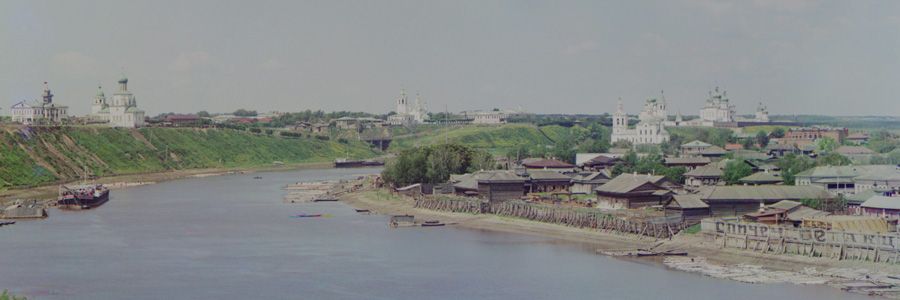
DAY 8 | TUMEN
 Morning arrival in Tumen.
Morning arrival in Tumen.
 City tour of Tumen - in the 19th century Tyumen was the main transit point for prisoners being sent to a Siberian prison camp. Russia’s only state body dealing with registering and transferring prisoners in Siberia was moved to Tyumen from Tobolsk and from 1823 to 1889 more than 800,000 prisoners passed through Tyumen. By the end of the century prisoners were being transported by barge, and up to 13,000 would arrive in Tyumen this way annually. Today Tyumen is a capital of Russia’s gas and oil industry.
City tour of Tumen - in the 19th century Tyumen was the main transit point for prisoners being sent to a Siberian prison camp. Russia’s only state body dealing with registering and transferring prisoners in Siberia was moved to Tyumen from Tobolsk and from 1823 to 1889 more than 800,000 prisoners passed through Tyumen. By the end of the century prisoners were being transported by barge, and up to 13,000 would arrive in Tyumen this way annually. Today Tyumen is a capital of Russia’s gas and oil industry.
 Duration: 3h |
Duration: 3h |  Transportation: by a private car
Transportation: by a private car
 After lunch you will have a transfer to Tobolsk. On the way you will stop in the small village of Prokrovskoe, which Nicholas II and his family also passed through. This was significant for them as Rasputin was from Prokrovskoe. In his diary Nicholas II noted how he saw Rasputin’s house and his family looking through the window.
After lunch you will have a transfer to Tobolsk. On the way you will stop in the small village of Prokrovskoe, which Nicholas II and his family also passed through. This was significant for them as Rasputin was from Prokrovskoe. In his diary Nicholas II noted how he saw Rasputin’s house and his family looking through the window.
 Distance: 244km
Distance: 244km
 Night in Tobolsk.
Night in Tobolsk.
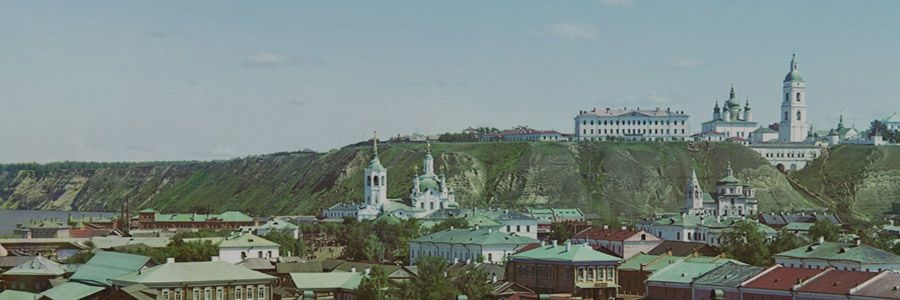
DAY 9 | TOBOLSK
 Breakfast at the hotel.
Breakfast at the hotel.  Tour of Tobolsk - upon their arrival in Tobolsk on 19 August 1917, the imperial family spent a week in the steamship as the governor’s house was not ready for then. When they eventually moved in, several of the family’s servants remained with them. The family were forbidden from leaving the building but had access to seven out of the 18 rooms. It was in Tobolsk that the Romanovs learned of the Bolsheviks seizing power. During this tour you will visit the memorial study of Nicholas II and the Tobolsk Kremlin.
Tour of Tobolsk - upon their arrival in Tobolsk on 19 August 1917, the imperial family spent a week in the steamship as the governor’s house was not ready for then. When they eventually moved in, several of the family’s servants remained with them. The family were forbidden from leaving the building but had access to seven out of the 18 rooms. It was in Tobolsk that the Romanovs learned of the Bolsheviks seizing power. During this tour you will visit the memorial study of Nicholas II and the Tobolsk Kremlin.
 Duration: 3h |
Duration: 3h |  Transportation: walking tour
Transportation: walking tour
 Transfer to the railway station.
Transfer to the railway station.
 Late evening train to Yekaterinburg. Night on the train.
Late evening train to Yekaterinburg. Night on the train.
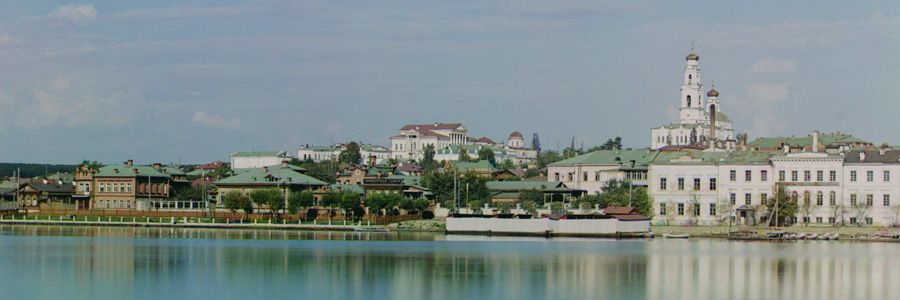
DAY 10 | YEKATERINBURG
 Morning arrival in Yekaterinburg. Transfer to the hotel.
Morning arrival in Yekaterinburg. Transfer to the hotel.
The Romanovs arrived in Yekaterinburg on 17 April 1918, where they were met by an angry crowd causing the train to be diverted to Yekaterinburg-2 Station. The family were put under house arrest in the house of engineer-builder Nikolai Ipatiev. They spend the last 78 days of their life here. On the night of the 16 July 1918 the family were executed in the basement of the Ipatiev House.
 Tour of Yekaterinburg - the highlights of this tour include:
Tour of Yekaterinburg - the highlights of this tour include:
- Church of the Spilled Blood - this cathedral was built on the spot where the Ipatiev House once stood, before being demolished on the orders of local official Boris Yeltsin. The cathedral has a crypt where several fragments of the Ipatiev House have been preserved.
- Ganina Yama - after the execution of the imperial family, the bodies were brought to an abandoned mineshaft in Ganina Yama. The bodies were dumped here and grenades and acid were thrown on them. However this was not sufficient and the bodies were later removed to be better disposed of. Today a monastery has been built here in remembrance.
- Porosenkov Log - this is the second site where the bodies were dumped and is more remote than Ganina Yama. It was here that the bodies were eventually discovered - they have since been interred at Ss Peter and Paul’s Cathedral in St Petersburg.
 Duration: 5h |
Duration: 5h |  Transportation: by a private car
Transportation: by a private car
 Night in Yekaterinburg.
Night in Yekaterinburg.
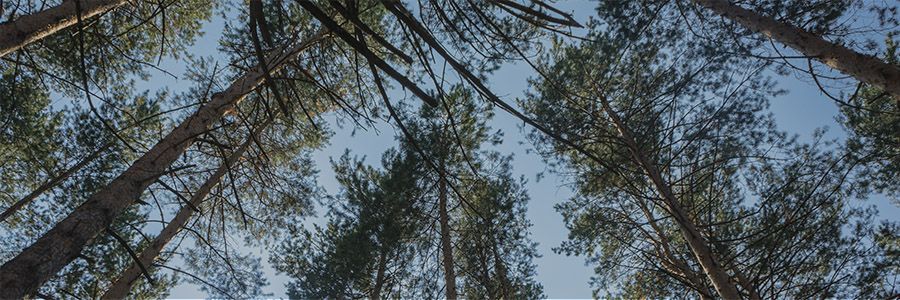
DAY 11 | ALAPAEVSK
 Breakfast at the hotel.
Breakfast at the hotel.
 Transfer to Alapaevsk.
Transfer to Alapaevsk.
 Distance: 150km
Distance: 150km
 Tour of Alapaevsk Monastery and Nizhnyaya Sinyachikha - On the day following the shooting of the imperial family in Yekaterinburg, the sister of the empress and five other Romanovs and two associates were thrown down a mineshaft 18km from the city of Alapaevsk. Today a monastery has been built on the site. The prisoners were kept in the city for just under a month at a local school, which still exists today. During the excursion you will also visit the Museum of Wooden Architecture in Nizhnyaya Sinyachikha, where some excellent examples of wooden buildings from all over the Urals have been preserved.
Tour of Alapaevsk Monastery and Nizhnyaya Sinyachikha - On the day following the shooting of the imperial family in Yekaterinburg, the sister of the empress and five other Romanovs and two associates were thrown down a mineshaft 18km from the city of Alapaevsk. Today a monastery has been built on the site. The prisoners were kept in the city for just under a month at a local school, which still exists today. During the excursion you will also visit the Museum of Wooden Architecture in Nizhnyaya Sinyachikha, where some excellent examples of wooden buildings from all over the Urals have been preserved.
 Duration: 4h |
Duration: 4h |  Transportation: by a private car
Transportation: by a private car
 Transfer back to Yekaterinburg.
Transfer back to Yekaterinburg.
 Distance: 150km
Distance: 150km
 Night in Yekaterinburg.
Night in Yekaterinburg.
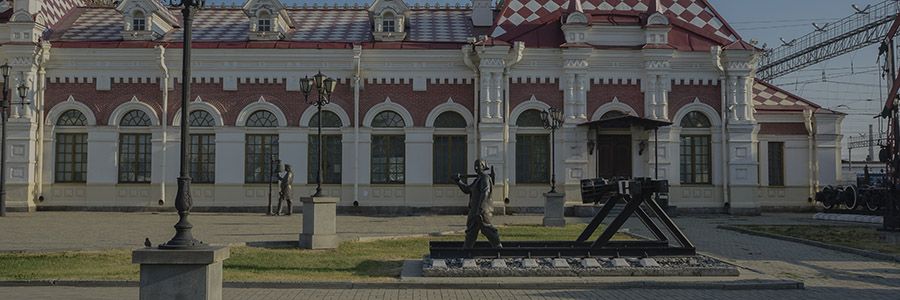
DAY 12 | DEPARTURE YEKATERINBURG
 Breakfast at the hotel.
Breakfast at the hotel.
 Transfer to the airport or the railway station. It is also possible to continue along the Trans-Siberian Railway.
Transfer to the airport or the railway station. It is also possible to continue along the Trans-Siberian Railway.
- The tour is available the whole year round starting on any day, but please take into account that the museum’s working hours and days-off vary so we reserve the right to change the itinerary while trying to save the excursion programme.
- Optional excursions should be booked before the start of the tour to schedule the itinerary.
- Transportation in Moscow, where travel by metro is designated, can be changed to a car upon request, but please note that the transport situation in Moscow is not very good, so you could get stuck in a traffic jam.
- Tickets to museums cannot be sold without an excursion with a guide.
- During state holidays and celebrations, Red Square may be closed (either partially blocked off or completely closed).
- The price of the tour may be increased during the period of the White Nights (11JUN-10JUL) and when the International Economic Forum (end of May or beggining of June) is being held in St Petersburg. Please check the price when booking.
- All excursions/guided tours included in the itinerary are private which means private guides and private transport along the programme - unless otherwise stated.
- Best time to travel on this route: from the end of April to mid-October and from December to mid-March.
• CANCELLATION POLICY •
DATE OF CANCELLATION |
CANCELLATION CHARGES |
|---|---|
| FROM 60 TO 45 DAYS BEFORE THE DEPARTURE | 10% |
| FROM 44 TO 15 DAYS BEFORE THE DEPARTURE | 30% |
| FROM 14 TO 7 DAYS BEFORE THE DEPARTURE | 50% |
| LESS THAN 7 DAYS BEFORE THE DEPARTURE | 100% |




